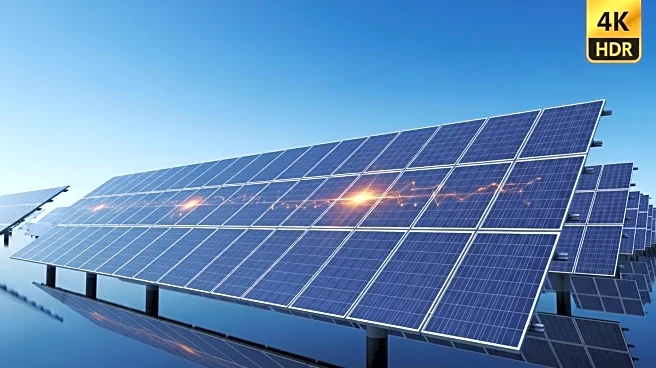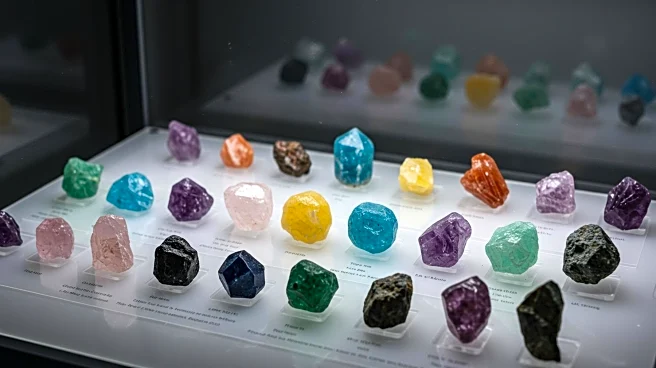What's Happening?
China's leading solar companies are experiencing significant financial losses due to an oversupply in the market and intense competition. The 'Big 5' solar companies, including Tongwei and Trina Solar, reported a combined net loss of 17.3 billion yuan in the first half of the year, marking a 47.8% increase from the previous year. The oversupply has led to a drastic fall in prices for polysilicon and solar modules, exacerbating the financial strain. The situation is further complicated by decreased exports, partly due to a tariff war with the U.S. The China Solar Industry Association has proposed measures to maintain market order and promote fair competition, aiming to curb the negative impacts of excessive production and low-cost pricing.
Why It's Important?
The financial difficulties faced by China's solar industry have broader implications for global renewable energy markets. As one of the largest producers of solar products, China's struggles could affect supply chains and pricing worldwide. The oversupply and competition issues highlight the challenges of scaling renewable energy production sustainably. The tariff war with the U.S. adds another layer of complexity, potentially influencing international trade policies and relations. The industry's downturn may also impact China's economic growth and its ability to lead in renewable energy innovation.
What's Next?
The Chinese solar industry may need to implement strategic changes to address the oversupply and competition issues. This could involve reducing production, focusing on high-quality competition, and exploring new markets to boost exports. The government's emphasis on 'anti-Neyjuan' policies suggests a push towards stabilizing industrial competitiveness. The outcome of these efforts will likely influence China's position in the global renewable energy sector and its economic recovery. Stakeholders, including international investors and policymakers, will be closely monitoring these developments.












